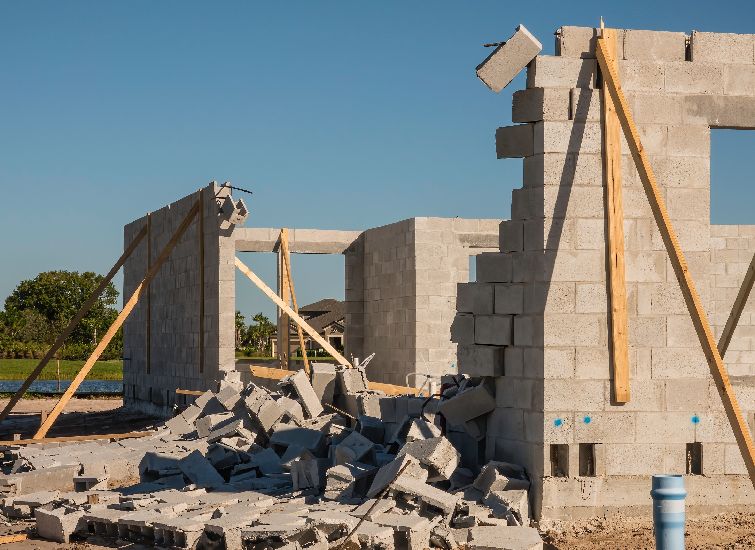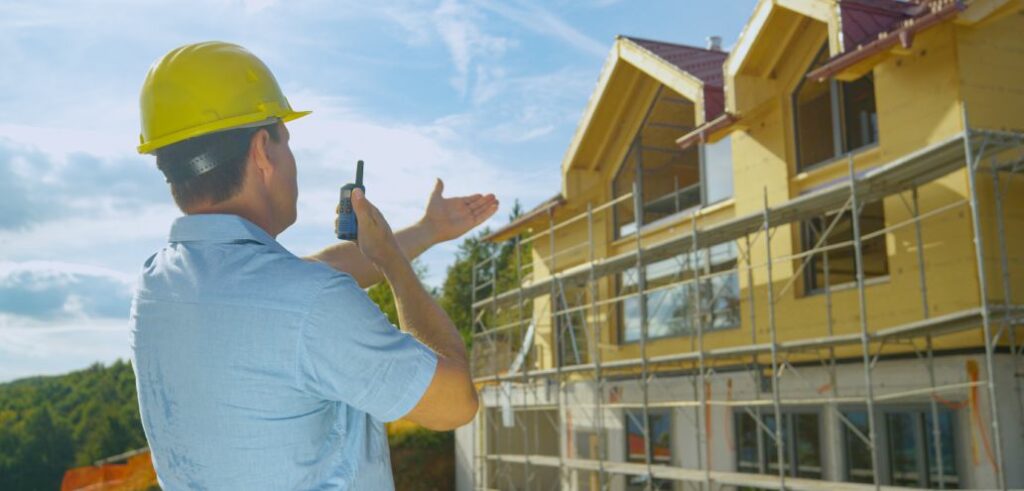Systemic issues and extremely lengthy wait times for development application approvals, especially at the municipal level, are major causes of our home-building delays. In fact, we are one of the most difficult countries in the world when it comes to putting shovels in the ground on projects.
Canada ranks 34th out of 35 Organization for Economic Co-operation and Development (OECD) countries in the average time it takes to obtain regulatory approval for a construction project, according to an ease of doing business index of the World Bank. It’s a very telling and rather appalling statistic for a G7 economy. It is shameful for our country and a true barometer of the problem.
Embarrassingly, it takes nearly 250 days to get a permit in Canada – three times longer than our competitors in the U.S. In the OECD, only the Slovak Republic takes longer.
Recently, we also learned that building applications heading to the committee of adjustment at the City of Toronto have doubled, which has resulted in lengthy delays on building applications that range from extending a deck on a home to tearing down an existing property to building a new house.
Decisions Taking Too Long
A study done by Altus Group Economic Consulting that looked at the last eight years of the committee of adjustment’s timelines for decisions on minor variances noted that applications have doubled to around 4,000 in recent years and average decision timelines are around 95 days, which is 65 days longer than the standard required by the provincial Planning Act and 32 days longer than the service standard set by the city.

In other words, the average timeline for a decision is nowhere near the mandated provincial standard, nor the city’s.
Approval delays are costly and can add eight to 14 per cent to construction costs annually, or 2.7 to 3.5 per cent quarterly. In real dollars, that amounts to about $9 to $19 per square foot annually or approximately $21,000 to $58,000. And these figures don’t include land and related financing costs.
Toronto has set a target of building 285,000 homes by 2031. It is difficult to fathom how this can be achieved with such long timelines. As the authors of the study noted, the system must be overhauled.
On top of this, the vacancy rate within the planning department is now around 17 per cent – up from 13 per cent last year, despite the city council’s decision to increase compensation for planners. Ironically, the vacancy rate was due in large part to the fact planners were finding it difficult to afford housing in Toronto.
The city recently adopted as-of-right zoning to allow up to four units to be built on a single lot. It was the right move, of course, but it’s expected to strain planning department resources even further.
Need for Housing Will Grow
A new report from CMHC indicates that Ontario will need to build more than two million homes by 2030 to match the level of housing affordability last enjoyed in 2004. The agency projects Ontario will need a total of 8.09 million homes by 2030 to achieve the affordability goal. There were 6.03 million homes in Ontario in 2022.
To spur more housing production, governments must get out of the way and let developers and builders do what they do best – and that is build. To be sure, interest rates and inflation need to come down, as does the cost of materials. Many thousands more workers will also be needed in the trades, but the province is making some inroads there.
It is critically important that we take aim at the systemic issues and speed up the development approvals process.
RESCON once calculated that there could be up to 45 different government bodies and agencies involved in the decision-making process on a new project. It is little surprise that bottlenecks occur.
Action Proposed in New York City
Perhaps we could take a page from New York City Mayor Eric Adams, who is proposing sweeping changes to zoning bylaws that would pave the way for 100,000 new homes above commercial strips and near subway stations. The mayor’s plans could allow extensions of up to five storeys to one-level residential units above laundromats, bodegas, and around subway stations and turn unused office space into apartments.
The groundbreaking plan would permit new residential buildings to be much larger if they include affordable housing. Owners of one- and two-family homes may also be allowed to convert basements, attics, and garages into apartments, while red tape around converting office buildings could be removed.
It is certainly food for thought.
Richard Lyall is president of the Residential Construction Council of Ontario (RESCON). He has represented the building industry in Ontario since 1991. Contact him at media@rescon.com.










